Bold Paint Colors

Choosing a bold paint color for one wall can completely transform the energy of a room. Studies by the National Paint and Coatings Association reveal that 80% of homeowners believe color directly impacts the mood and atmosphere of their home. Deep navy, emerald green, or a striking scarlet can make a space feel instantly more dynamic or cozy, depending on the shade. For example, a rich teal behind a living room sofa can create a dramatic backdrop, while a sunny yellow can breathe warmth into a kitchen or hallway. The key is to pick a color that stands out but still harmonizes with the rest of your decor. Homeowners are increasingly drawn to bold accent walls as a relatively simple, cost-effective way to update their interiors without a full renovation. With just a can of paint, a brush, and a free afternoon, anyone can refresh their space with minimal effort.
Wallpaper Wonders
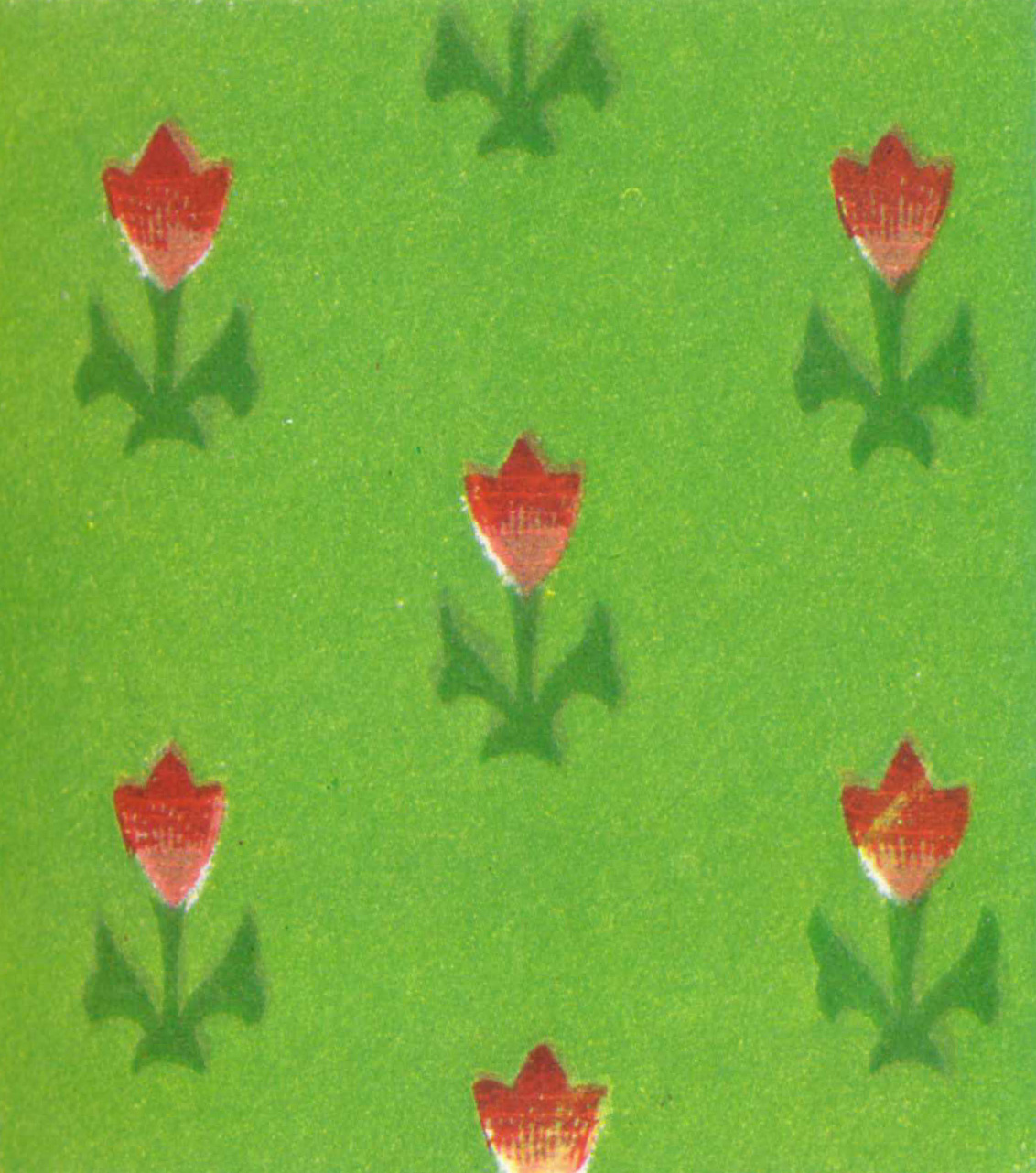
Wallpaper has surged back into popularity with new patterns, textures, and technology making it easier than ever to transform a room. According to Grand View Research, the global wallpaper market is predicted to reach $43.2 billion by 2025, showing just how much people are embracing this decorative option. Modern wallpapers come in everything from bold florals to minimalist geometrics and even metallics, offering endless creative possibilities. Removable wallpaper has become a particular favorite, allowing renters or indecisive decorators to try out trends without a long-term commitment. This flexibility means you can change your accent wall as often as you like, keeping your space feeling current and fresh. Whether you want to add a dramatic statement or a subtle texture, wallpaper provides a unique way to personalize your home.
Wood Paneling
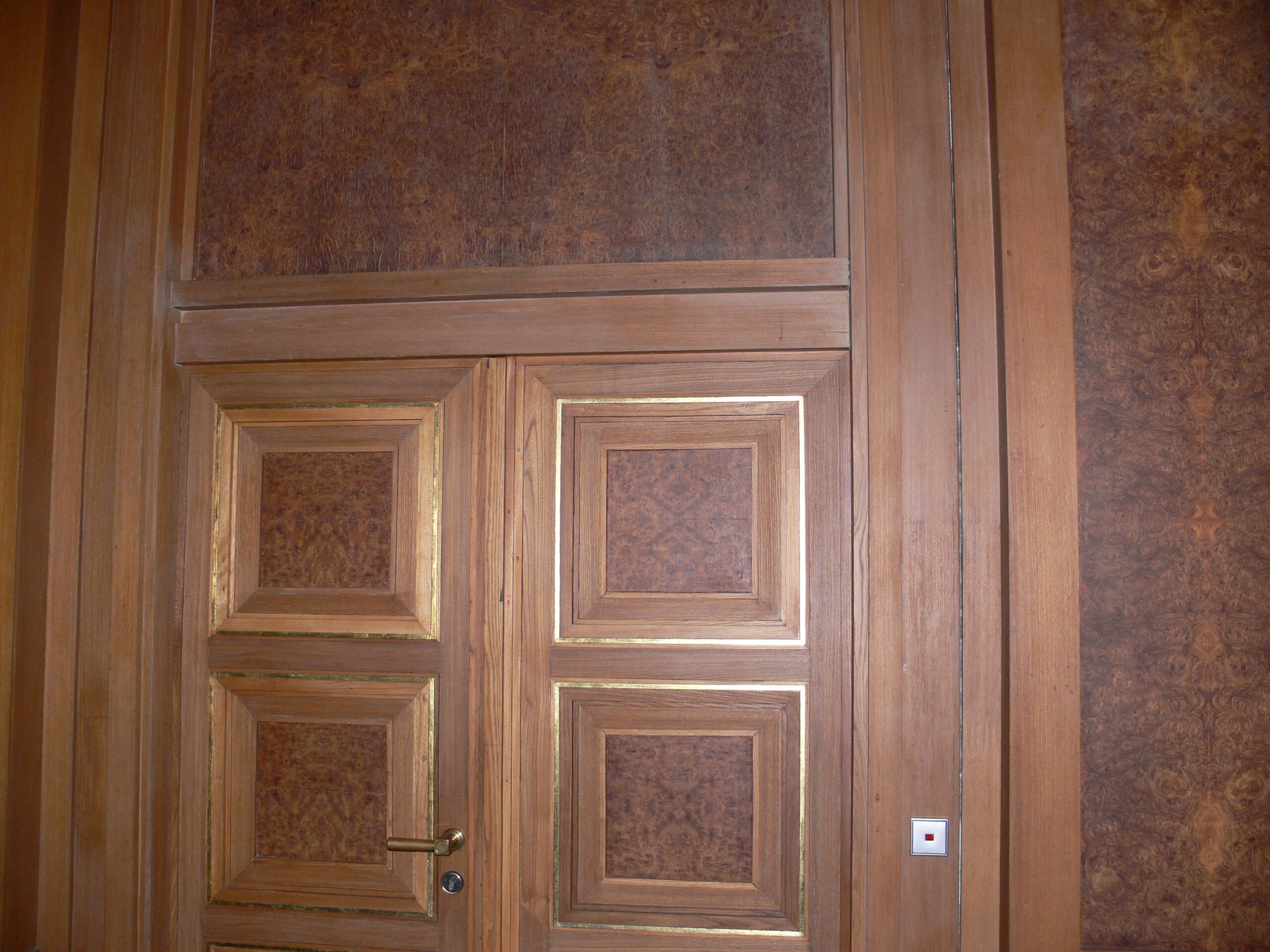
Wood paneling brings warmth, sophistication, and texture to any room, whether you opt for rustic reclaimed planks or sleek, modern slats. The American Institute of Architects reports a rise in using wood finishes for both their natural beauty and their ability to make a space feel inviting. Wooden accent walls can range from simple shiplap in a farmhouse kitchen to dark, polished panels in a contemporary office. The tactile quality of wood adds depth that paint alone cannot achieve. Another practical benefit is that wood paneling can help with insulation and soundproofing, making it a smart option for bedrooms or home theaters. The enduring popularity of wood proves its versatility—it can easily be stained, painted, or left natural to suit any style.
Gallery Walls

Gallery walls turn blank spaces into vibrant expressions of personality and creativity. According to the National Endowment for the Arts, more than half of adults in the U.S. engage in visual arts, and gallery walls have become a favorite way to display those passions at home. Start by collecting a mix of framed photos, artwork, posters, and even three-dimensional objects like plates or baskets. Arrange them in a way that feels balanced but slightly eclectic—there’s no need for perfect symmetry. This approach not only refreshes a space but also creates a dynamic visual experience that evolves over time as you add or swap out pieces. A gallery wall often becomes a conversation starter, making guests feel instantly welcomed and intrigued.
Textured Wall Panels
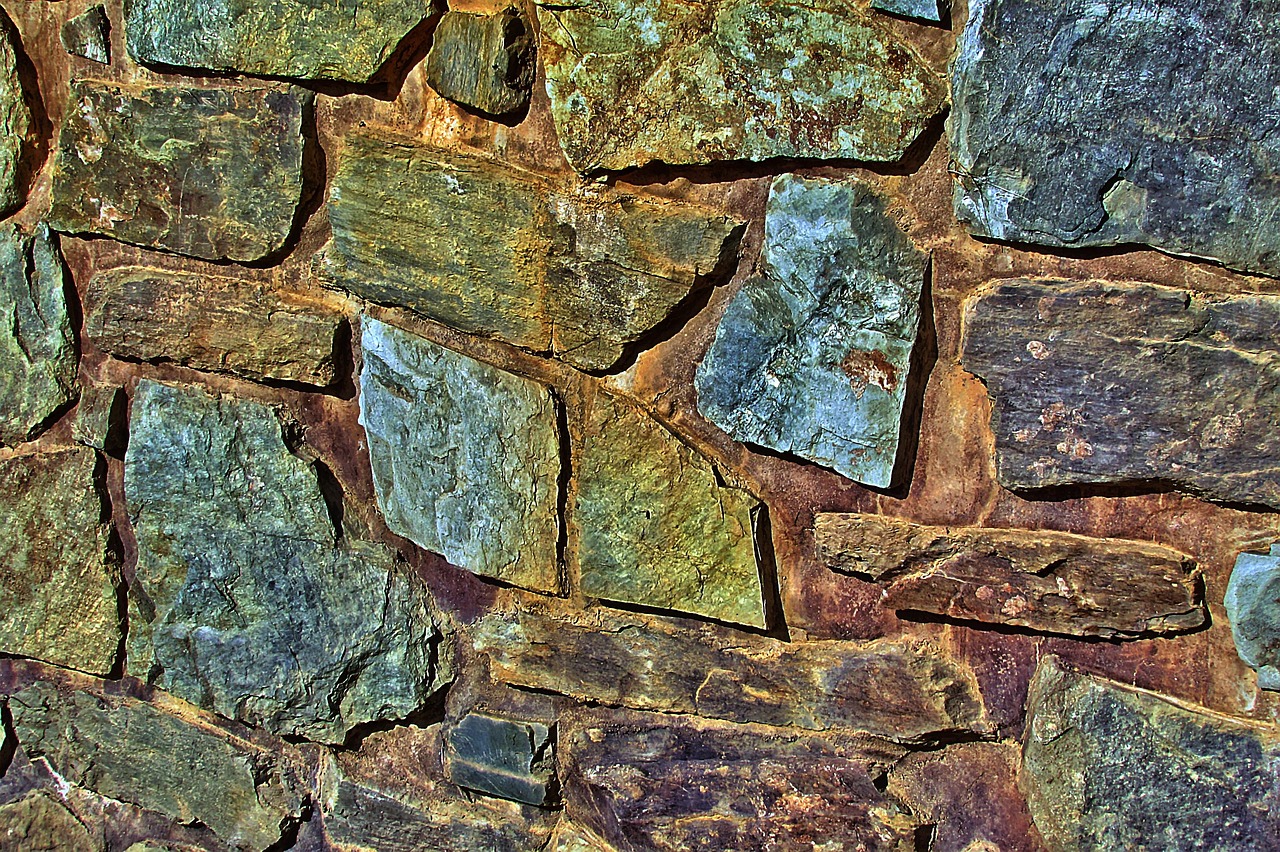
Textured wall panels are a go-to for designers looking to add both depth and drama. Materials such as 3D MDF, stone, or fabric panels have gained popularity, with Research and Markets forecasting significant growth in the wall panel market due to consumer demand for unique, tactile interiors. These panels can create mesmerizing effects with light and shadow, especially when placed opposite windows or under accent lighting. For a modern look, consider geometric or wave-like patterns in a neutral color. In more traditional spaces, carved wood or tufted fabric panels can add a luxurious touch. Besides aesthetics, some textured panels are designed to absorb sound, making them ideal for media rooms or home offices.
Chalkboard Walls
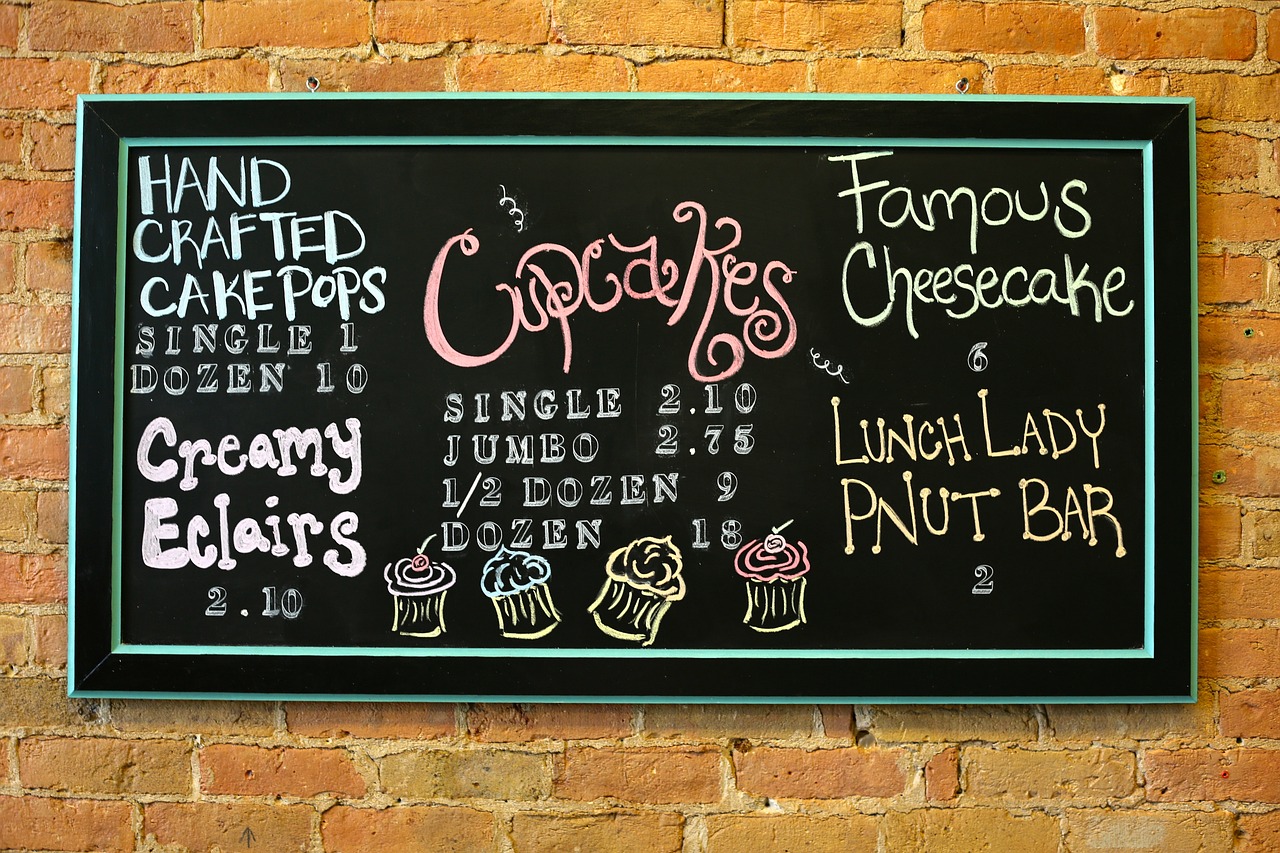
Chalkboard paint is a playful and practical solution for accent walls, especially in busy households. The American Society of Interior Designers notes that 67% of designers recommend chalkboard walls for their versatility. Imagine a kitchen wall that doubles as a family message center or a child’s bedroom wall that can be drawn on and wiped clean endlessly. Chalkboard walls also suit home offices, where you can brainstorm or track weekly tasks right on the wall. The best part? If you tire of the look or need a change, you can easily paint over it and start fresh. Chalkboard walls invite interaction, creativity, and a sense of fun that’s hard to beat.
Fabric-Covered Walls
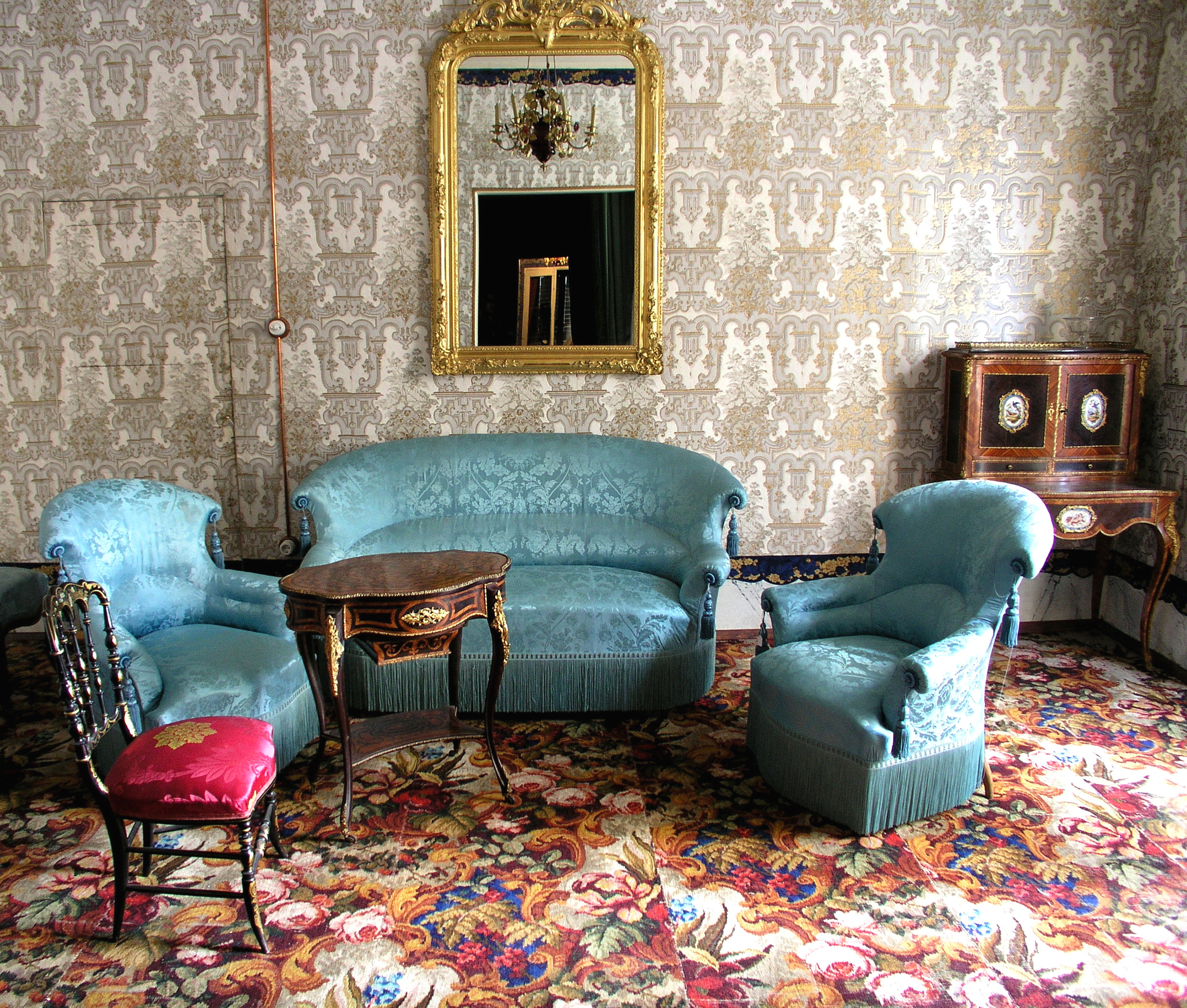
Covering a wall with fabric is a surprisingly elegant way to introduce softness, color, and texture. The Textile Association highlights that fabric walls can also improve room acoustics, making spaces feel quieter and more intimate. This option is particularly popular in bedrooms, reading nooks, or home theaters, where comfort is key. You might use velvet for a luxurious look or linen for something breezier and more casual. Installing padded panels creates a cozy, upholstered effect that’s both stylish and functional. Fabric walls are also a clever way to hide imperfections or uneven surfaces, offering a quick fix with a big impact.
Mirror Accents
Mirrored accent walls are a designer trick for making small rooms feel bigger and brighter. The American Society of Interior Designers frequently recommends mirrors to reflect both natural and artificial light around a space, instantly opening it up. Whether you use a single large mirror or a mosaic of smaller ones in different shapes and frames, the effect is glamorous and modern. Mirrors can be especially effective in narrow hallways or dining rooms, where they amplify light and create a sense of airiness. For a creative twist, try arranging circular or geometric mirrors in an artistic pattern rather than sticking to one big rectangle.
Stone or Brick Feature Walls
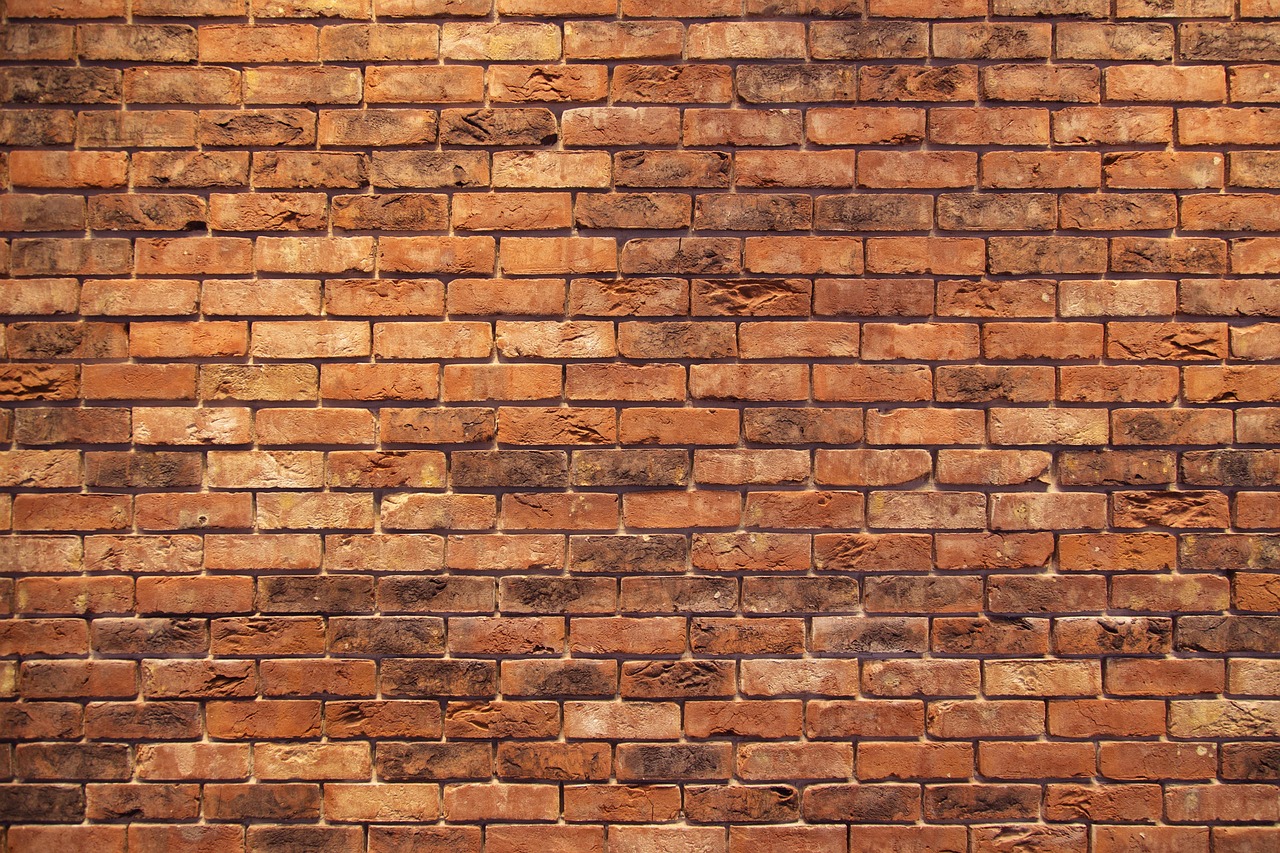
Few materials can rival the timeless appeal of stone or brick. According to the National Association of Home Builders, feature walls made from these natural materials are increasingly sought after for their authentic, organic feel. A real or faux brick wall in a living room can evoke an urban loft, while stacked stone in a bathroom or entryway adds a touch of luxury. These surfaces are incredibly durable and, if sealed properly, can withstand years of use. They also pair beautifully with both rustic and modern furnishings. The unique textures and tones of each stone or brick piece ensure that every wall is truly one-of-a-kind.
Plant Walls
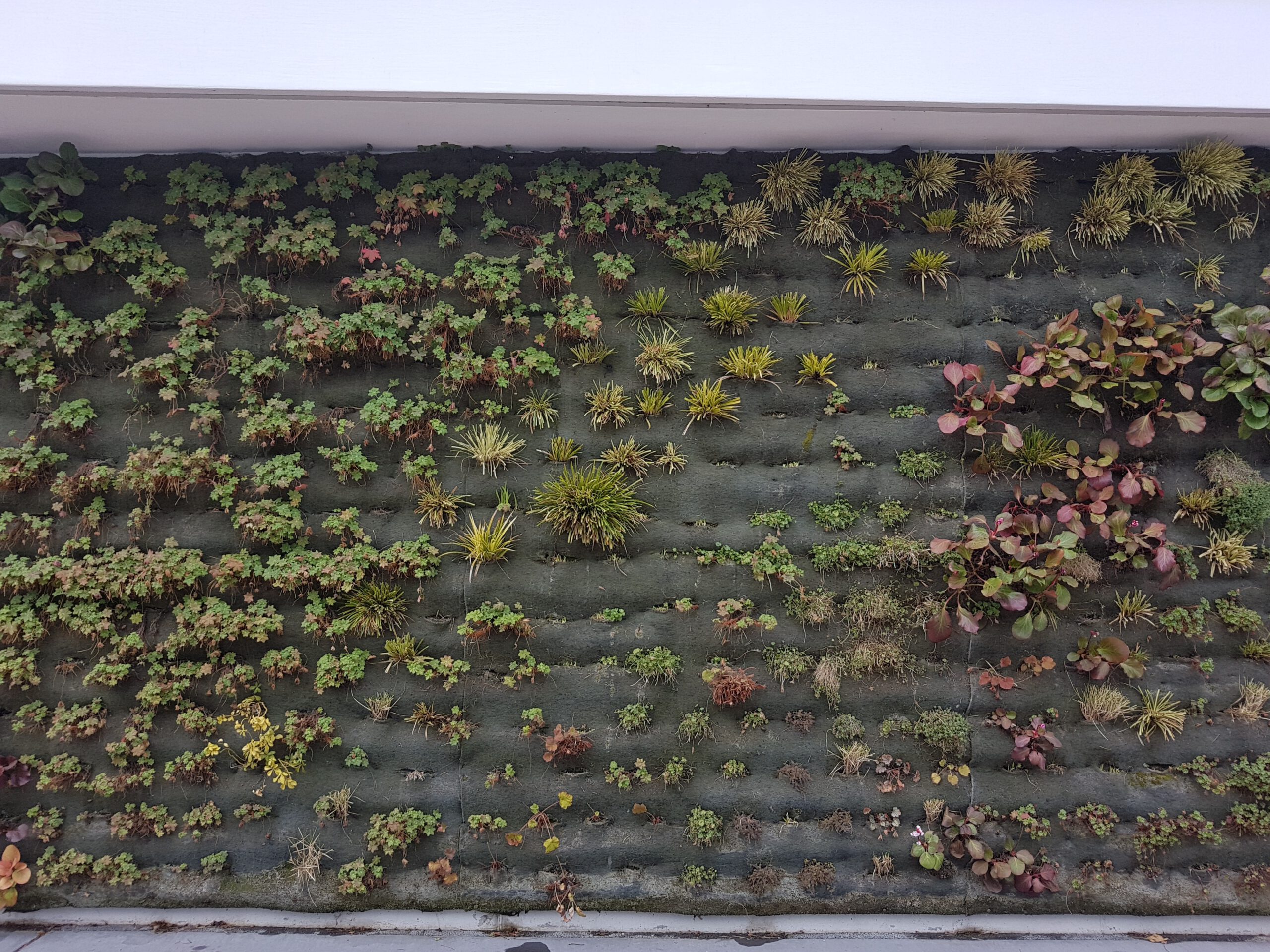
Plant walls, also known as living walls or vertical gardens, are taking over social media and urban interiors alike. Research from the University of Technology Sydney shows that indoor plants can improve air quality and boost mood, making them a smart addition to any home. Building a plant wall can be as simple as hanging pocket planters filled with ferns, succulents, or trailing vines. For more ambitious projects, modular systems allow you to create lush, self-watering green walls that become living art installations. Besides their beauty, plant walls introduce a sense of calm and connection to nature, which is especially welcome in city apartments or windowless rooms.

Kelly Westler is a celebrated designer and author specializing in bold, eclectic interiors. Her book The Art of Spaces showcases her signature mix of colors, textures, and vintage influences, inspiring homeowners to embrace fearless design.

